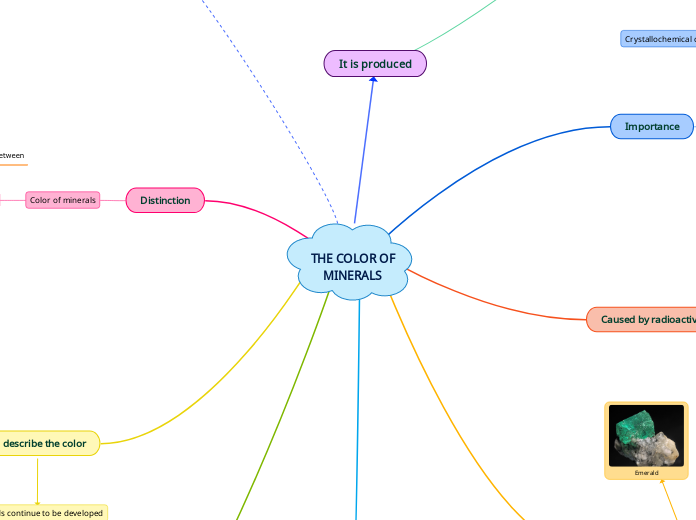THE COLOR OF MINERALS
Importance
Mineral identification
Main qualitative characteristic
Gems
Semi precious stones
provides information
Crystallochemical characteristics
Genetics of minerals
Caused by radioactivity
natural ionizing radiation
formation of color centers of electron holes
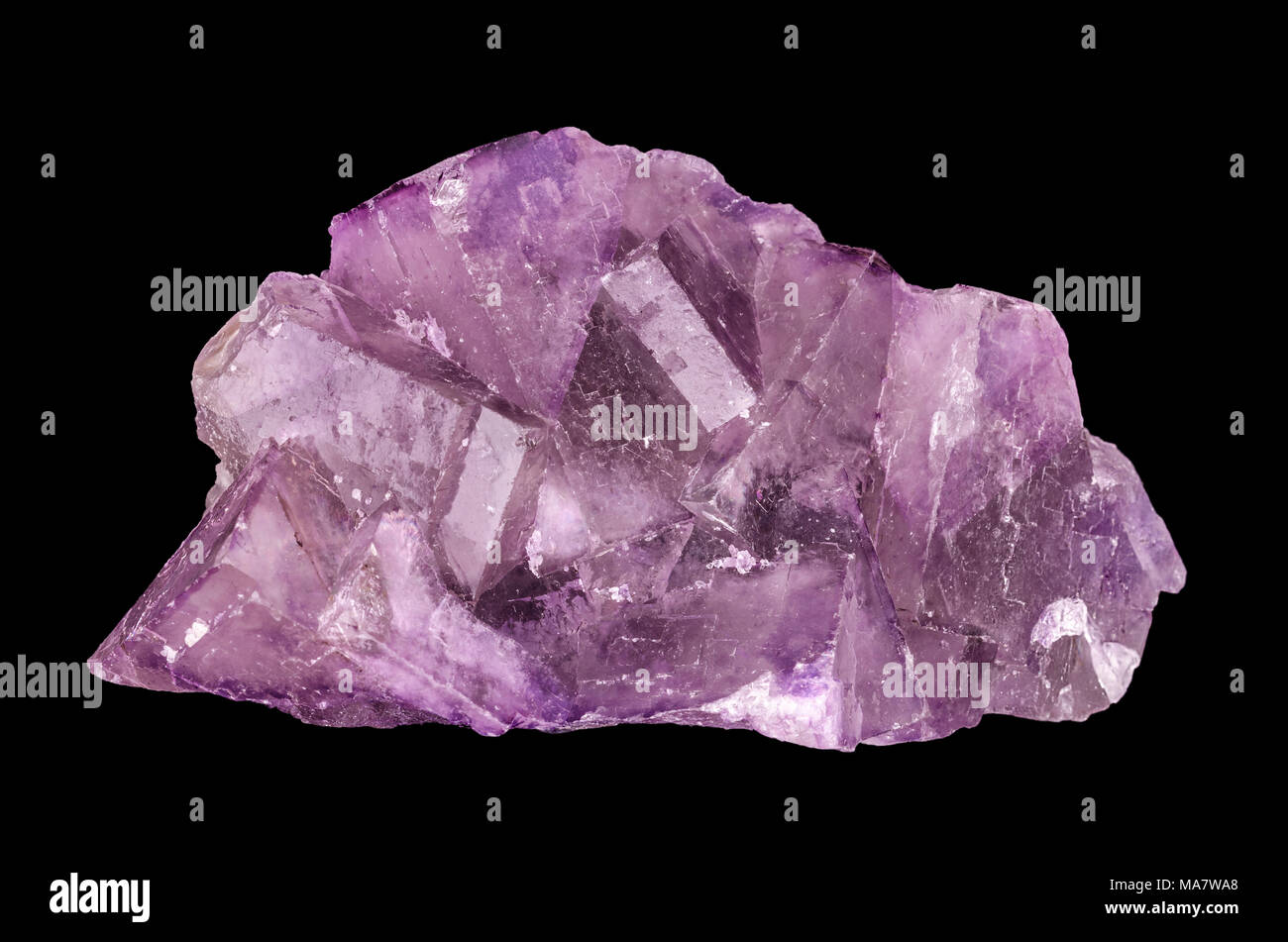
halite
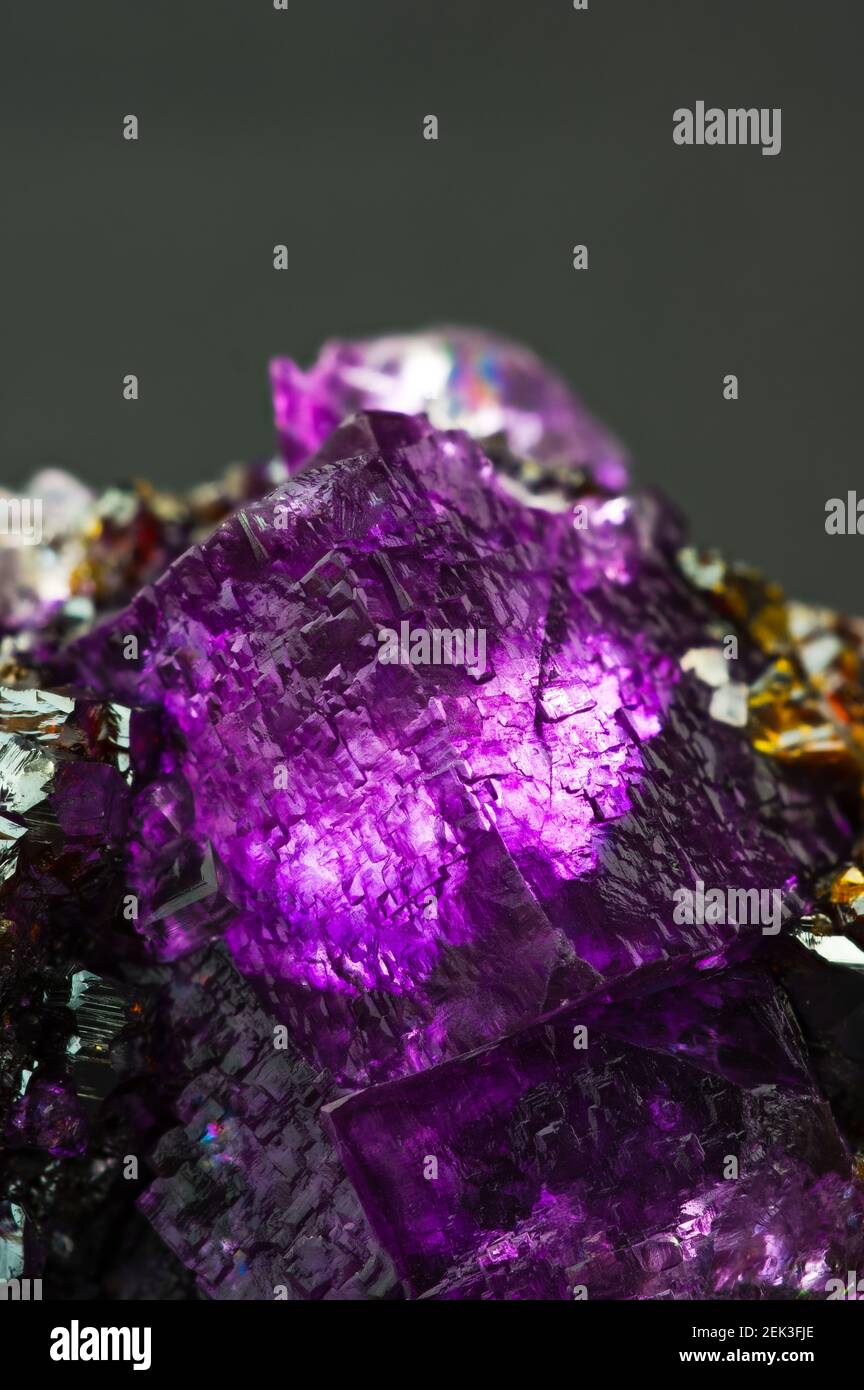
fluorite

Quartz
calcite
Associated with transition metal ions
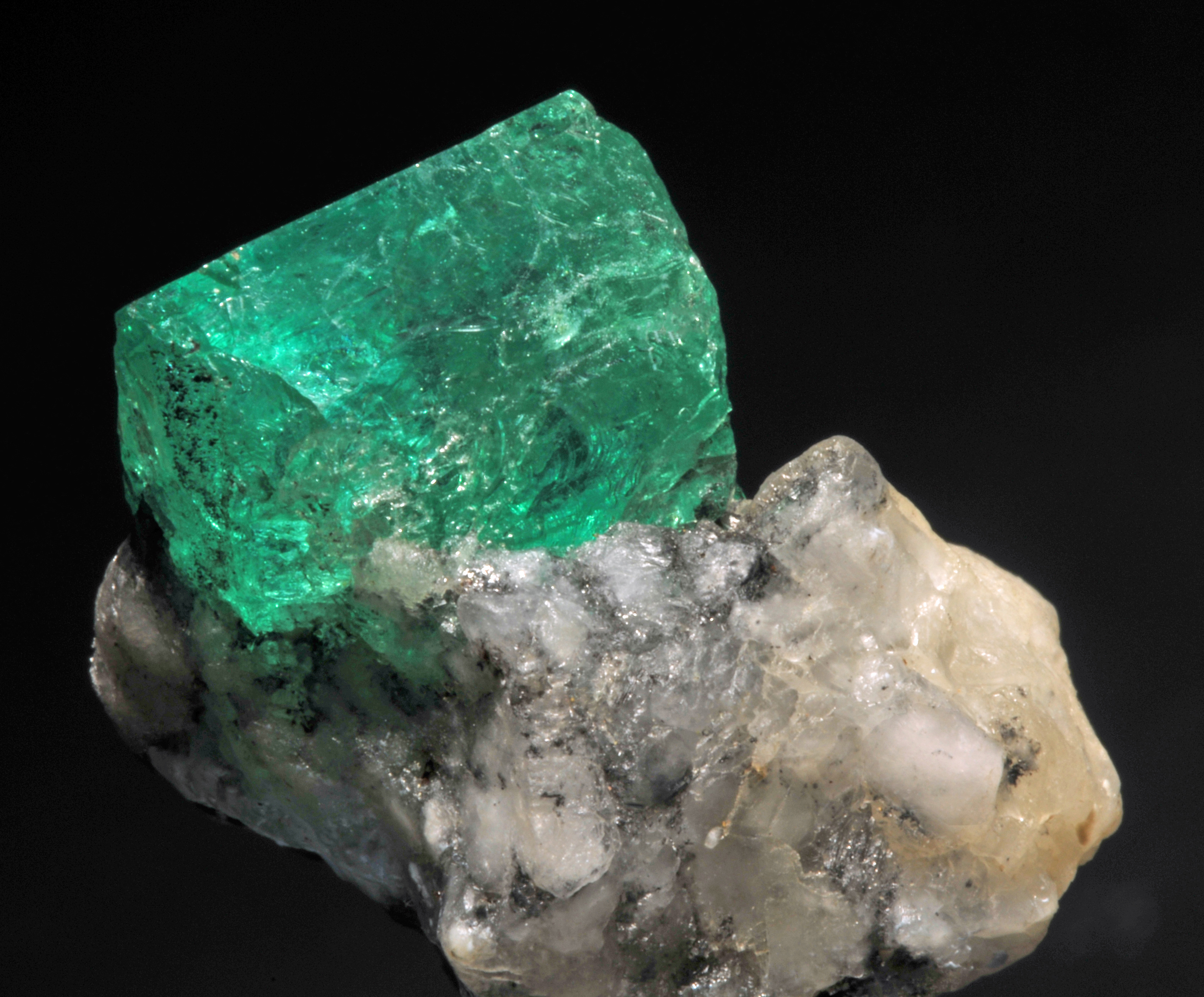
Emerald

Ruby

Rubelite

Rhodonite

Chrysolite
Metallic and covalent compounds
Native metals, sulfides and their analogues
Optical Interzonal Electron Transfers and Related Reflection Maxima

Metallic shades (Pyrite)
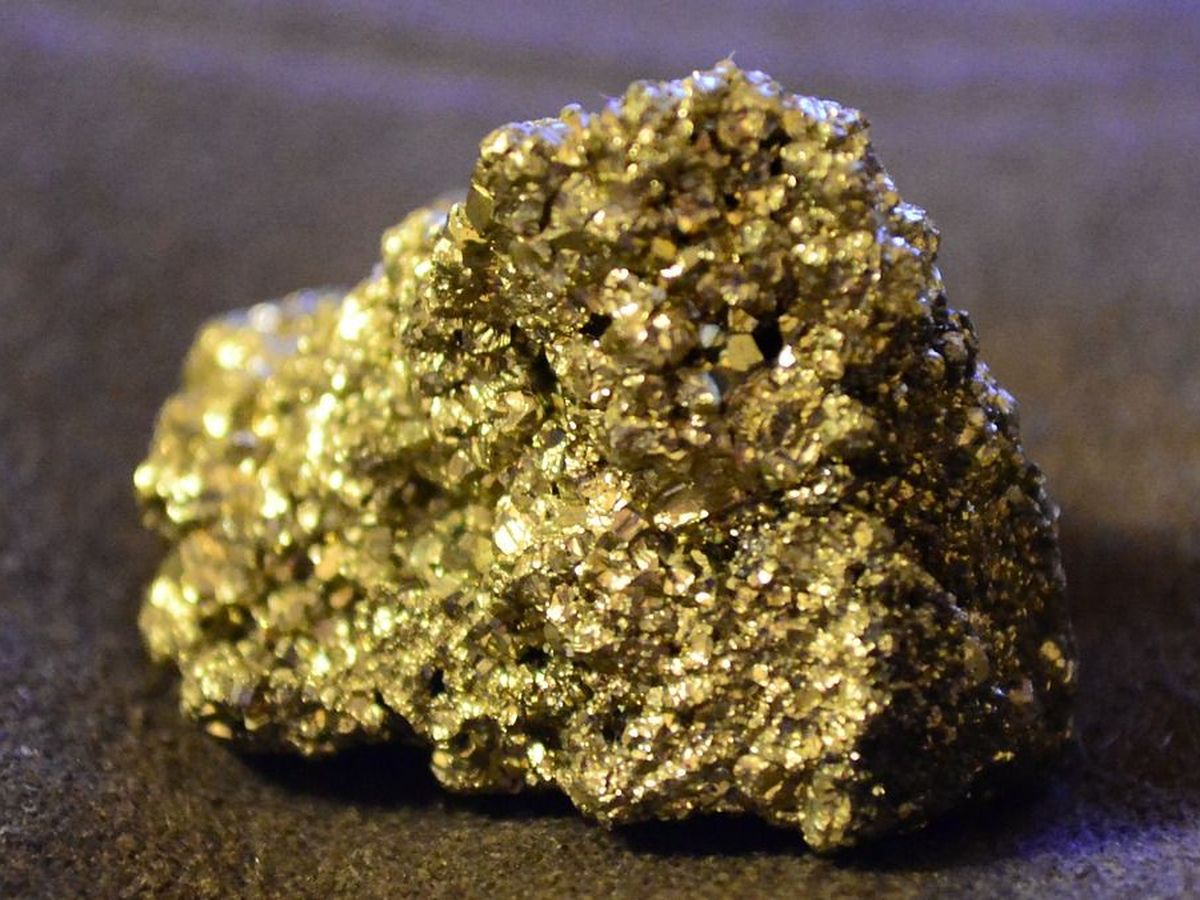
Metallic shades (Gold)
Fundamental absorption band

cinnabar

orpiment
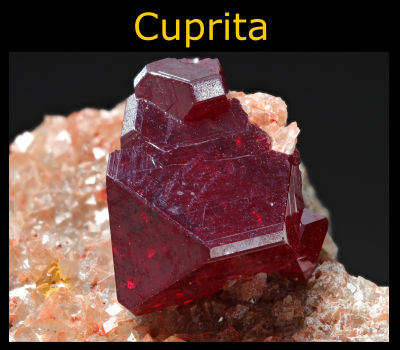
cuprite
Distinction
Color of minerals
In individual crystals and mineral chunks
In thin sections
Transparent
In polished sections
In reflected light
Color of a mineral
streak
To describe the color
Comparative evaluation
with the color of some commonly known object or substance

Indigo blue

Green apple

Lemon yellow

Blood red
with "color standards" of minerals

Vermilion red

Emerald green
colors of metals or alloys

Tin white (Arsenopyrite)
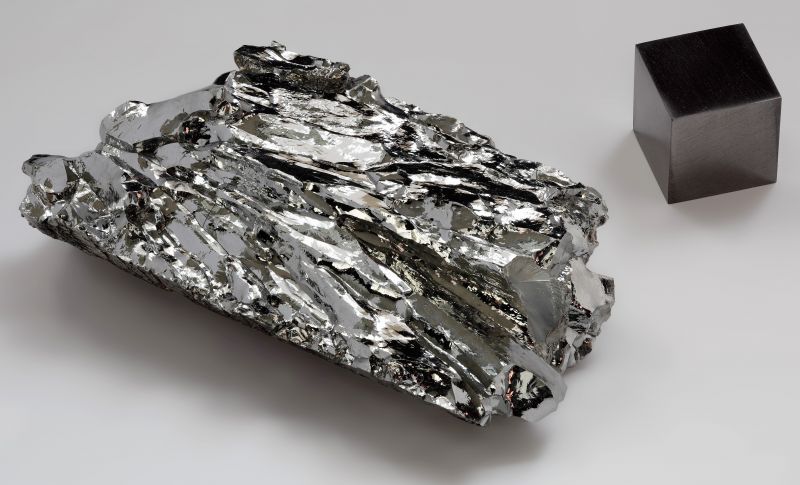
Steel gray (molybdenite)

Brass yellow (chalcopyrite)
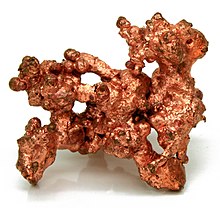
Copper red (native copper)
Methods continue to be developed
Three main groups
Idiochromic Minerals
Own color
Constant and predictable component

Blue azurite
red cinnabar

malachite green
Allochromatic Minerals
Other colors
Variable and unpredictable property

blue on Amazonite (orthoclase)

yellow in Heliodor (spodumene)
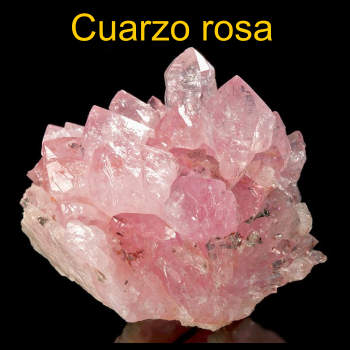
Rose on quartz
Impurities
Pseudochromatic Minerals
False colors
Variable color and unique mineral property

Precious opal
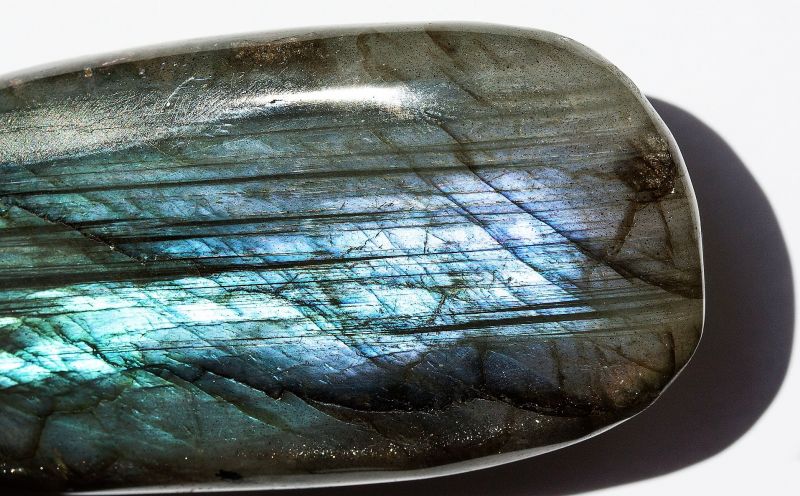
bright reflections of labradorite
between
Under the microscope
Impurities in the crystal lattice
Name: Karen Dayanna Molina Rincón
Class Name: Mineralogy and Crystallography
Mineral fine powder color
Another type of idiochromic mineral
electron transfers between different ions
trivalent iron ores
It is produced
When light is transmitted through a mineral
If it does not absorb any length
The mineral is colorless
Chromophores
Main chromophore elements
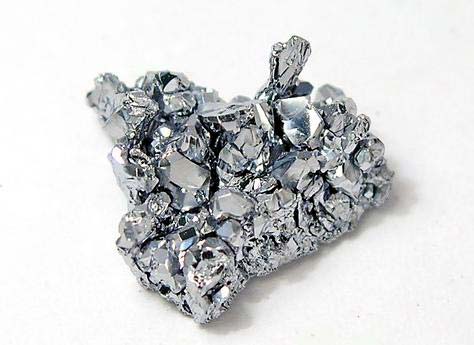
chromium (Cr)

iron (Fe)
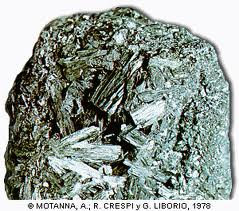
manganese (Mn)

titanium (Ti)
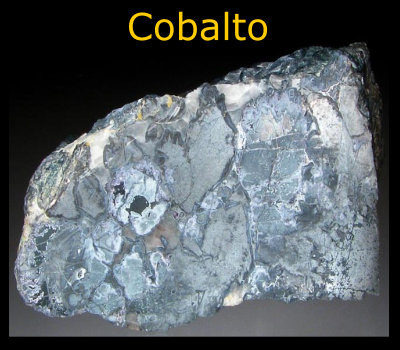
cobalt (Co)

copper (Cu)
